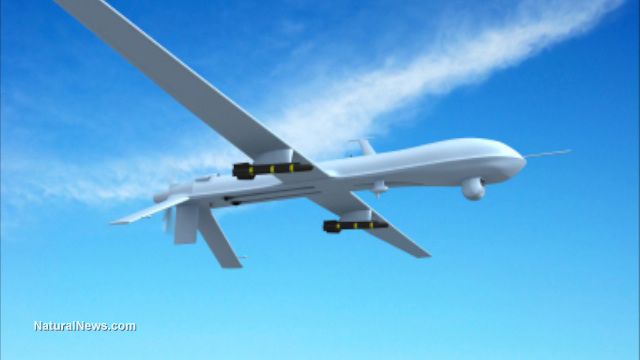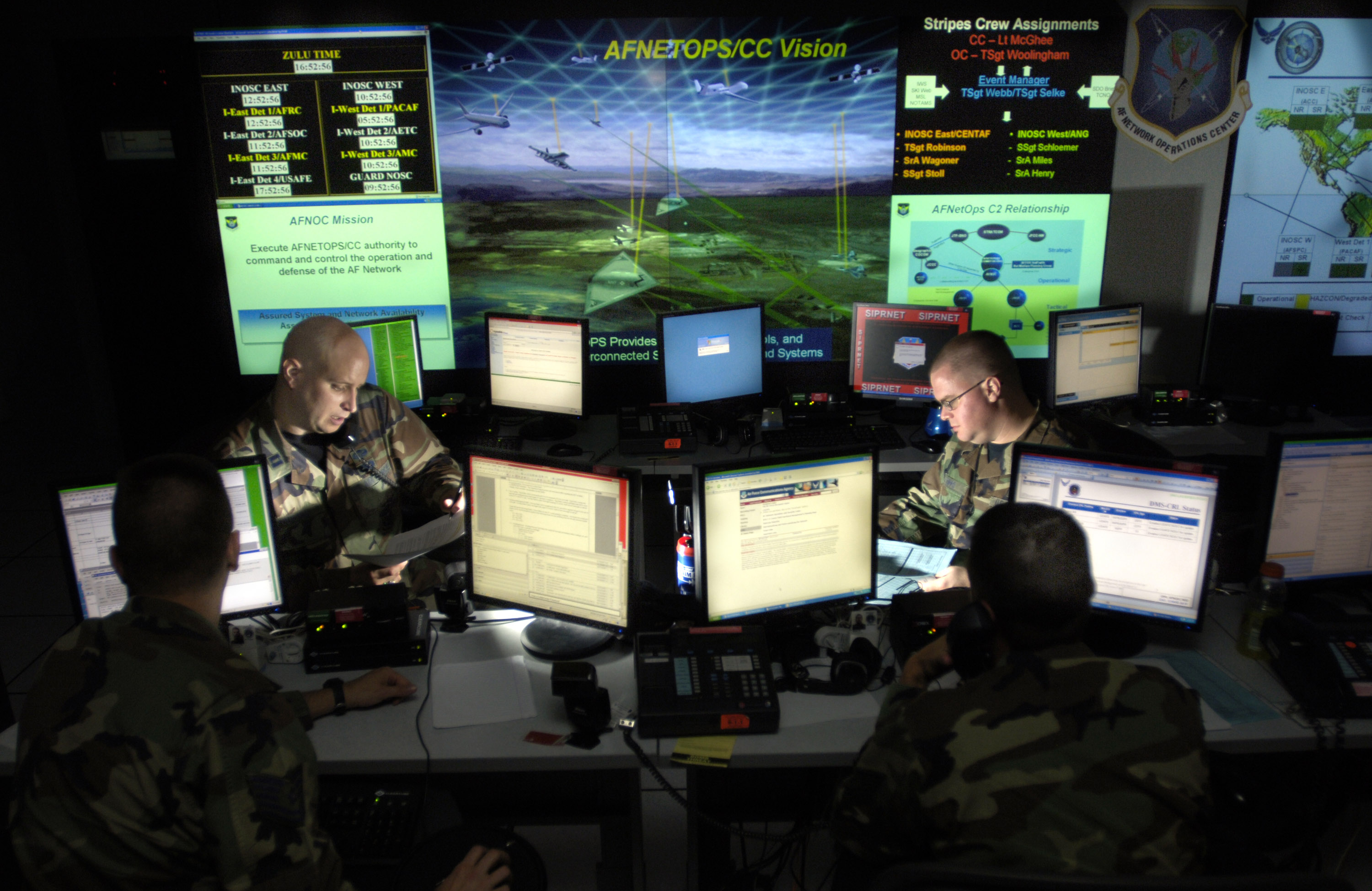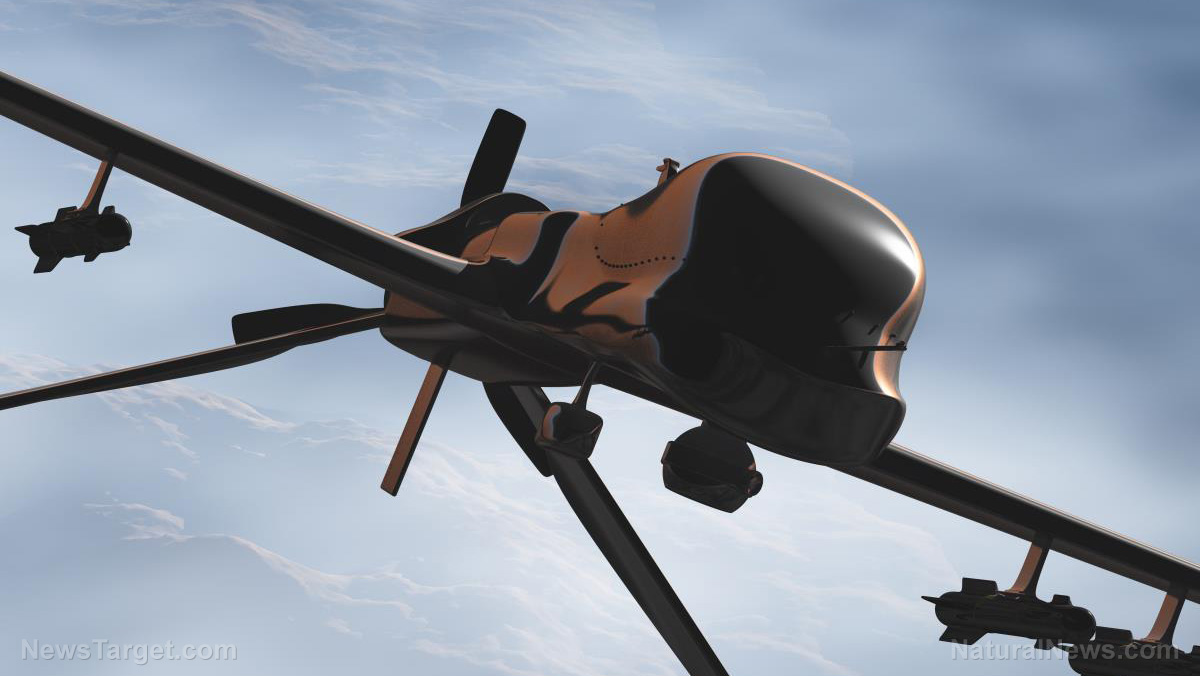
On March 24, 2014, a North Korean drone was spotted in the city of Paju, just south of the Korean Demilitarized Zone that cuts the Korean peninsula in half. Several weeks later, another drone from the north crashed in the border island of Baengnyeong in the Yellow Sea. In response to these incidents and the threat of further drone incursions, South Korea’s Ministry of National Defense set to work developing a radar system that can counteract this threat.
South Korea lacks its own radar detection technology. It is using radar and drone detection systems from other countries, such as Israel and the United Kingdom. The Ministry of Defense has made it clear that South Korea desperately needs to enhance its surveillance reconnaissance and its early detection of drones for the safety of the country.
Fortunately, a team of researchers from the Daegu Gyeongbuk Institute of Science and Technology’s (DGIST) Collaborative Robot Research Center has developed this radar system. It can detect “ultra-small drones” that are at least 3 km (1.86 miles) away.
Radar system detects drones less than two feet long
Daegun Oh, senior researcher of the DGIST team, and his colleagues have been working hard since 2014 on a drone detection radar system that uses only South Korean technology. They’re hoping to use a “super-resolution algorithm” to help them achieve their goal. Fortunately for them, it worked and they have successfully developed a radar system that is comparable to many of the world’s top-rated radar systems. (Related: Space weather radar system to be operational by 2021 hopes to provide advanced warning of power grid-killing CME solar flare.)
Oh’s radar system uses active electronically scanned array (AESA) radar technology. Using this tech, it identified a drone that was 1.8 feet long, 1.8 feet wide and 1.3 feet tall from a distance of 1.86 miles away, putting it on par with the Israeli RADA drone detection system, which the South Korean armed forces also use. The radar technology’s accuracy is enhanced thanks to the use of super-resolution radar signal processing technology and it can detect drones more clearly in real-time thanks to the use of Generative Adversarial Networks (GANs), an AI algorithm that allows the radar technology to easily identify moving targets with minimal data.
Furthermore, thanks to the use of AESA technology, the drone detection radar system will be able to detect multiple targets in various directions across the sky. This is unlike mechanical radar systems, which can only detect targets by rotating a dish-shaped antenna.
Oh’s team also proudly announced that all the radar system’s components were developed jointly with small and medium-sized Korean businesses. Once the radar system fully rolls out, it could create a lot of value for South Korean regional industries. Oh is hopeful that the drone detection system will enhance South Korea’s defensive capabilities.
“We will strive harder to enhance the reputation of domestic radar technologies in the global market by changing the market spectrum led by overseas companies,” said Oh. The team is currently figuring out how to provide their drone detection technology to the Korean armed forces, as well as to overseas defense industries.
Oh’s South Korean colleagues were aided by a team of researchers from the California State University, Fresno, led by Kim Young-Wook, a professor who works in Fresno’s Artificial Intelligence Radar Lab. The results of their research were published in the journal IEEE Geoscience and Remote Sensing Letters.
For more articles on technological advancements in the military world, check out MilitaryTech.news.
Sources include:




















